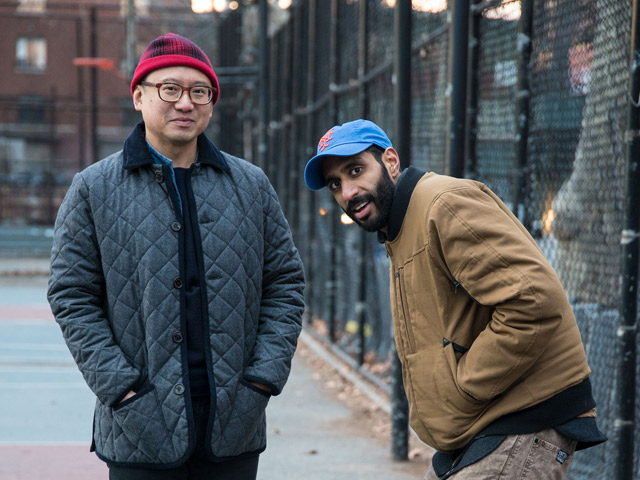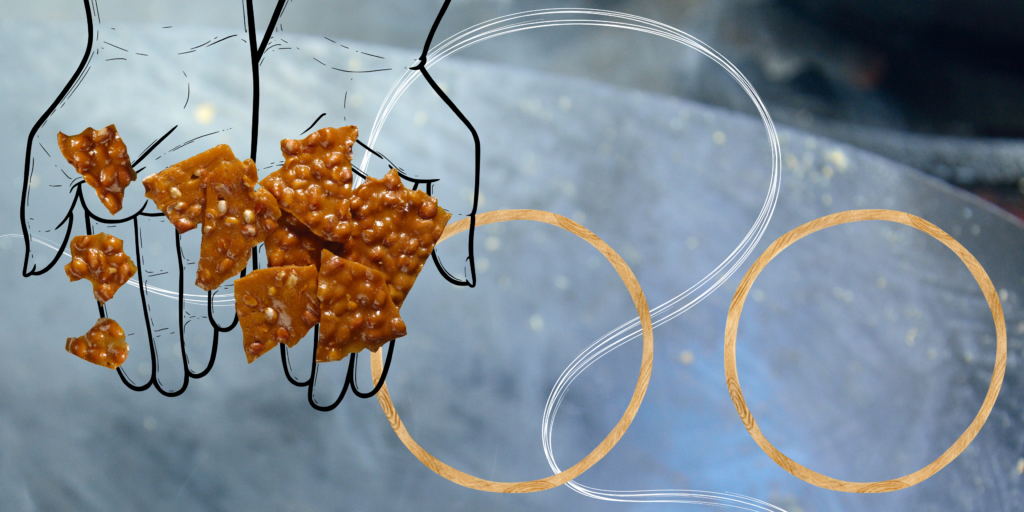Where to go if you want to check out traditional Chinese cultural and art scene? Here’s a short list of performing and exhibit spaces in Manhattan’s Chinatown.
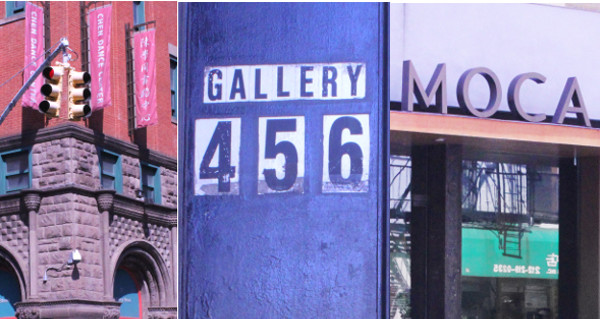
June 28, 2016
Manhattan’s Chinatown is not just about food and souvenir items. It is also about culture – tradition and arts that are being kept alive by organizations and institutions in places and spaces that serve to preserve and promote traditional Chinese cultural and art forms.
This list focuses on some spaces in Chinatown that are sanctuaries of traditional Chinese art forms. While these places do not necessarily work exclusively with traditional Chinese visual or performing arts, they play an important role in promoting the rich cultural heritage of first-generation Chinese Americans.
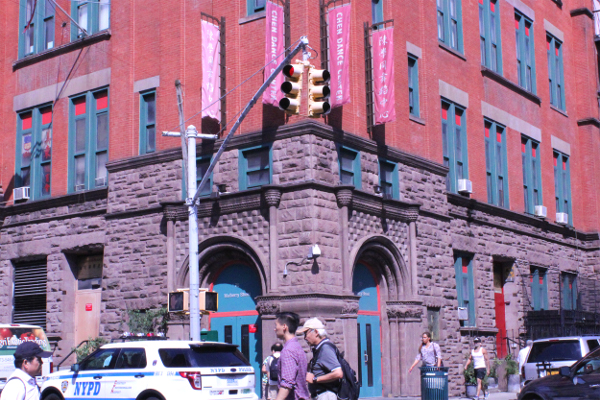
Located at the corner of Mulberry and Bayard, the Chen Dance Center is a non-profit performing arts organization with a rich history of providing “moving experiences in Asian American and contemporary dance,” according to its website.
This space is the home of the acclaimed H.T. Chen & Dancers, a modern dance company established in 1978 that is known for its innovative works celebrating Asian American culture and heritage. It combines traditional Asian stylistic elements with contemporary Western dance forms.
The CDC also offers a year-round school, nicknamed the “Chinatown Juilliard,” with opportunities for all age groups and amounts of experience. The center also houses a professional black box theater, available as rehearsal space and for booking events.
The most recent performance by the H.T. Chen & Dancers was “South of Gold Mountain,” a dance interpreting the history of Chinese immigrants working on plantations and railroad construction sites in southern U.S. before WWII. This past spring, this space also launched its Newsteps series, which promotes the work of emerging artists and choreographers.
For anyone interested in learning or experiencing Chinese performing arts – both traditional and modern – the CDC is a perfect place to begin.
The Chen Dance Center is located at 70 Mulberry St., within walking distance from the Canal Street station on the J, N, Q, R, Z, 4, and 6 lines, as well as the Bowery/Bayard Street bus station.
2. The Chinese American Arts Council and Gallery 456
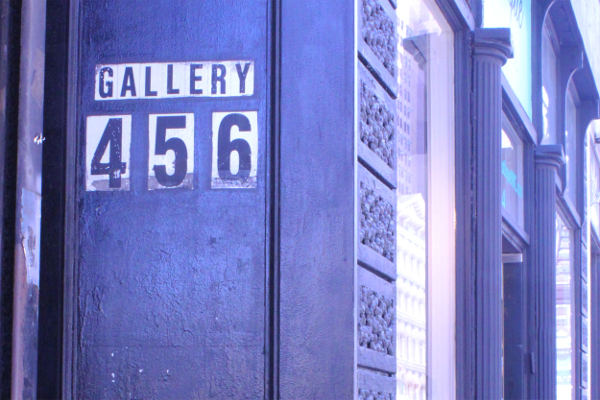
As an organization, the Chinese American Arts Council (CAAC) is dedicated to bringing Chinese American culture to audiences of all demographics. According to its website, it is “the largest Chinese American arts presentation and service organization in the Eastern U.S.” The work that it represents both preserves tradition and pushes the growth of Chinese forms of art.
Its Gallery 456 was opened in 1989, and has since been a space for emerging Asian visual artists to showcase their works. The exhibitions featured in this gallery change every one or two months, so visitors are almost always sure to find something new and creative to appreciate. Beyond visual art, however, the CAAC also works in the field of performing arts, putting on performances of both modern and traditional Chinese theater, music, and dance throughout New York City.
Their recent performing arts events included a show by I Wan Jan Puppet Theater, who performed the classic drama “A Chance Encounter Leads to Marriage” (????), showcasing the intricacies of traditional Taiwanese puppet theater. In honor of the 2016 Lunar New Year, they held a showing of two Chinese theater performances featuring characters and stories from classic Chinese legend: the Monkey King as well as the Legend of the White Snake.
Their visual arts exhibitions stray farther from traditional art forms, featuring work by contemporary emerging Asian-American visual artists. Their current exhibition, “A Fraction of Island,” displays a variety of art across mediums by Hsiang-Lin Wang and Ming-Jer Kuo exploring themes of childhood and urban development.
Gallery 456 is located at 456 Broadway on the 3rd floor, close to the Broadway/Grand Street bus station and the Canal Street station on the N, Q, R, 4, and 6 lines.
3. Museum of Chinese in America (MOCA)
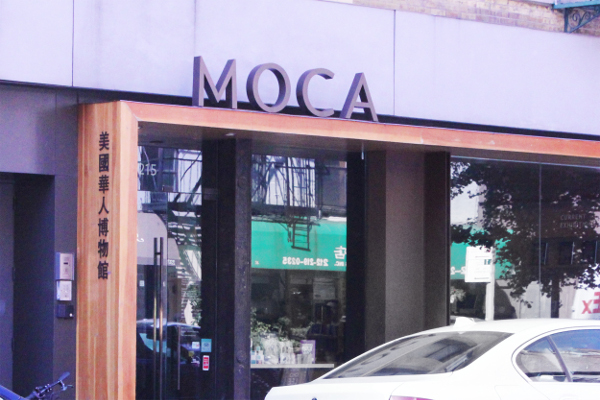
To call the MOCA simply a space for art would be to ignore the powerful and thought-provoking ways in which it interweaves Chinese American history and heritage into its exhibitions. In this space, art is not just for the sake of art — it is a vehicle through which to examine, commemorate, and make visible the histories of Chinese American communities whose narratives are not always highly accessible.
Its current core exhibition, entitled “With a Single Step: Stories in the Making of America” (on display until December 2020), provides a history of Chinese people in America on both an individual and larger political scale, combining pieces of art, videos, and historical artifacts. Other exhibitions celebrate Chinese American artists and explore various elements of Chinese American culture.
For example, the exhibition coming this fall, “Sour, Sweet, Bitter, Spicy: Stories of Chinese Food and Identity in America,” explores — as the title suggests — the ways in which Chinese food has influenced what it means to be Chinese in America.
Although the MOCA is not strictly a space for traditional Chinese art, it does incorporate pieces of it embedded in the historical narratives they represent. If you are looking to not only see art but also learn about a complex, layered history too often marginalized, then the MOCA will fulfill and likely exceed all expectations.
The Museum of Chinese in America is located at 215 Centre St., near the Canal Street station on the J, N, Q, R, Z, 4, and 6 lines in addition to the Centre Street/Broome Street. and the Broadway/Grand Street. bus stations.
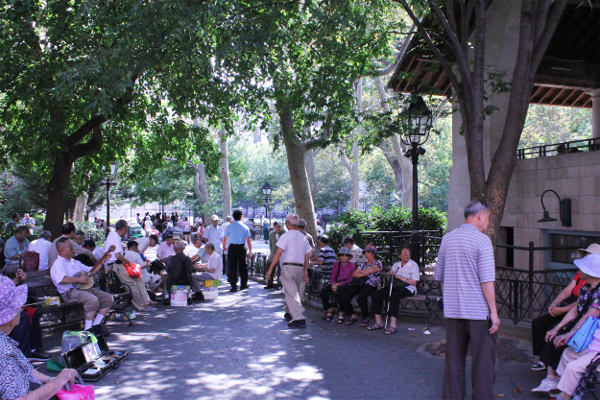
Technically, Columbus Park isn’t a formal venue for performance, but its space is more often than not filled with music and community. Street musicians playing traditional Chinese instruments, such as the ruan or the erhu, are scattered just out of earshot of one another, with small audiences listening serenely on the perimeter of benches.
At other times, groups performing Chinese opera or practicing martial arts like tai chi can be found in the park’s wide open spaces, including a large pavilion on its north end. This story on the “Dancing Grannies of Chinatown” highlights groups of Asian women who gather in the early mornings every week to practice dance forms like Guang Chang Wu and Yuan Ji Wu, as a way to seek companionship and maintain mental wellness.
So even though Columbus Park lacks a stage and theater acoustics, it is undoubtedly a hub brimming with traditional Chinese culture and community.
Columbus Park is located at 67 Mulberry St. and stretches between Bayard Street and Worth Street. It is closest to the Worth Street/Mott Street bus station as well as the Canal Street station serving the J, Z, 4, and 6 lines.
Some notable organizations that work with traditional Chinese art:

